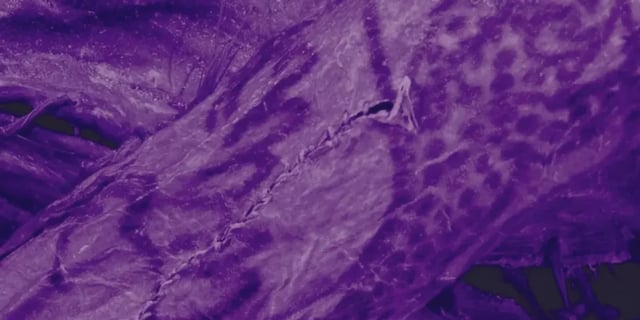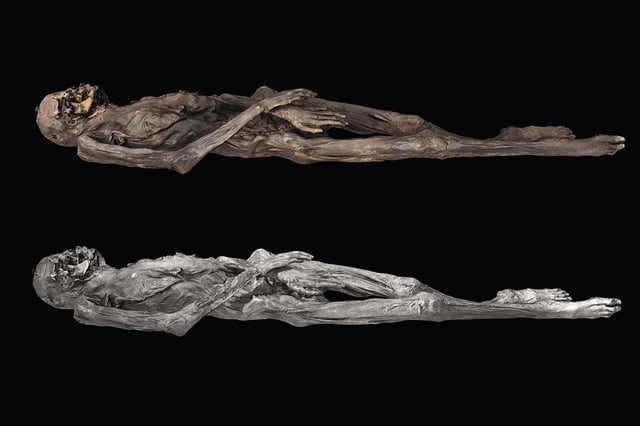Overview
- The Antiquity study used submillimeter near-infrared photography and 3D modeling to visualize previously invisible tattoos on a 2,300-year-old Pazyryk mummy’s hands and forearms.
- Analysis identified distinct tattooing implements—multipoint and single-point tools—likely fashioned from biodegradable materials such as plant thorns.
- Stylistic variations, including a finely detailed animal fight scene, indicate multiple artisan skill levels and possible apprenticeship within the Pazyryk culture.
- The tattoos depict a repertoire of real and mythical creatures, including tigers, leopards, deer, birds and a griffin, highlighting complex iconography.
- Embalming cuts through many tattoos suggest rituals that may have treated body art’s social or spiritual meaning as nontransferable into the afterlife.



